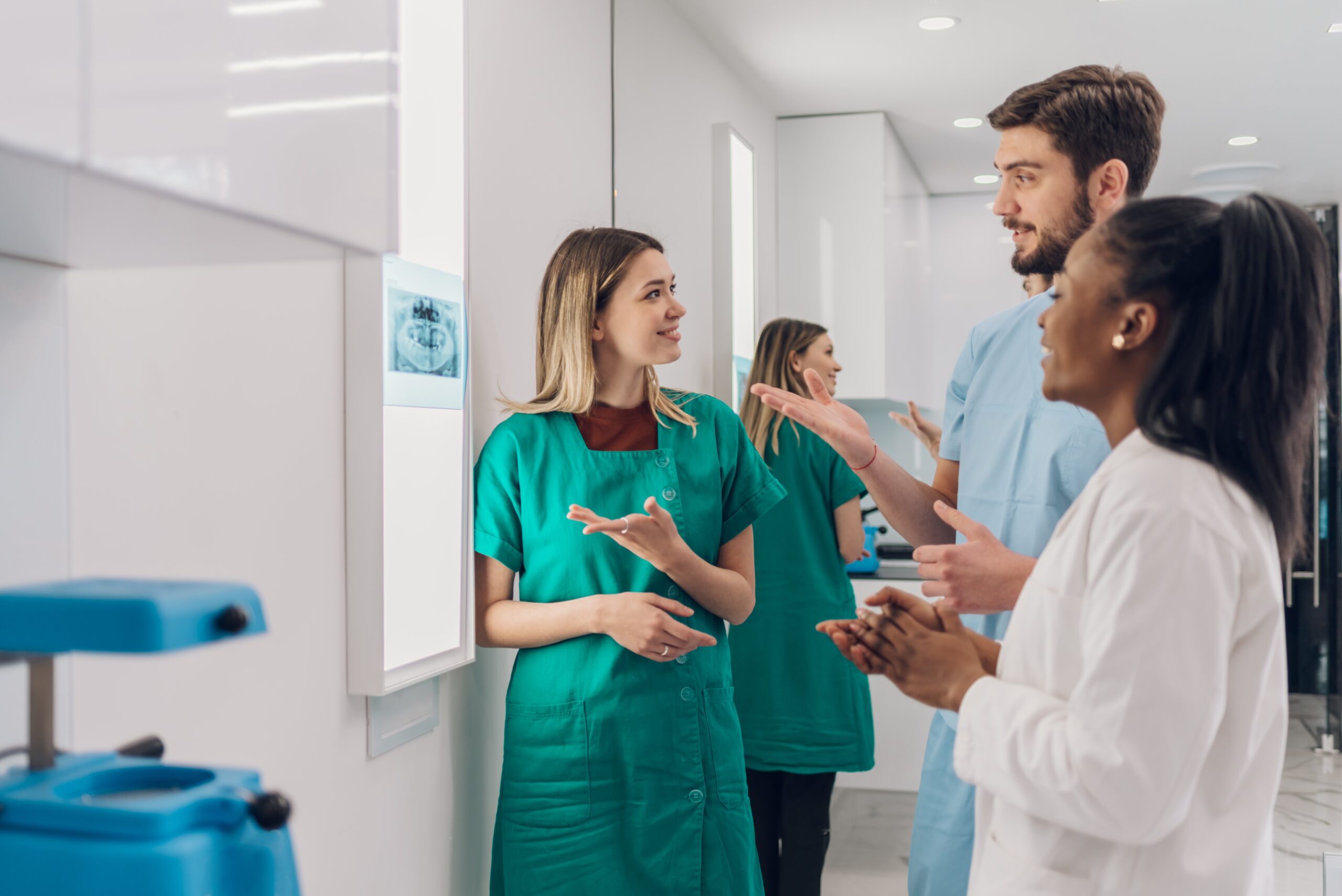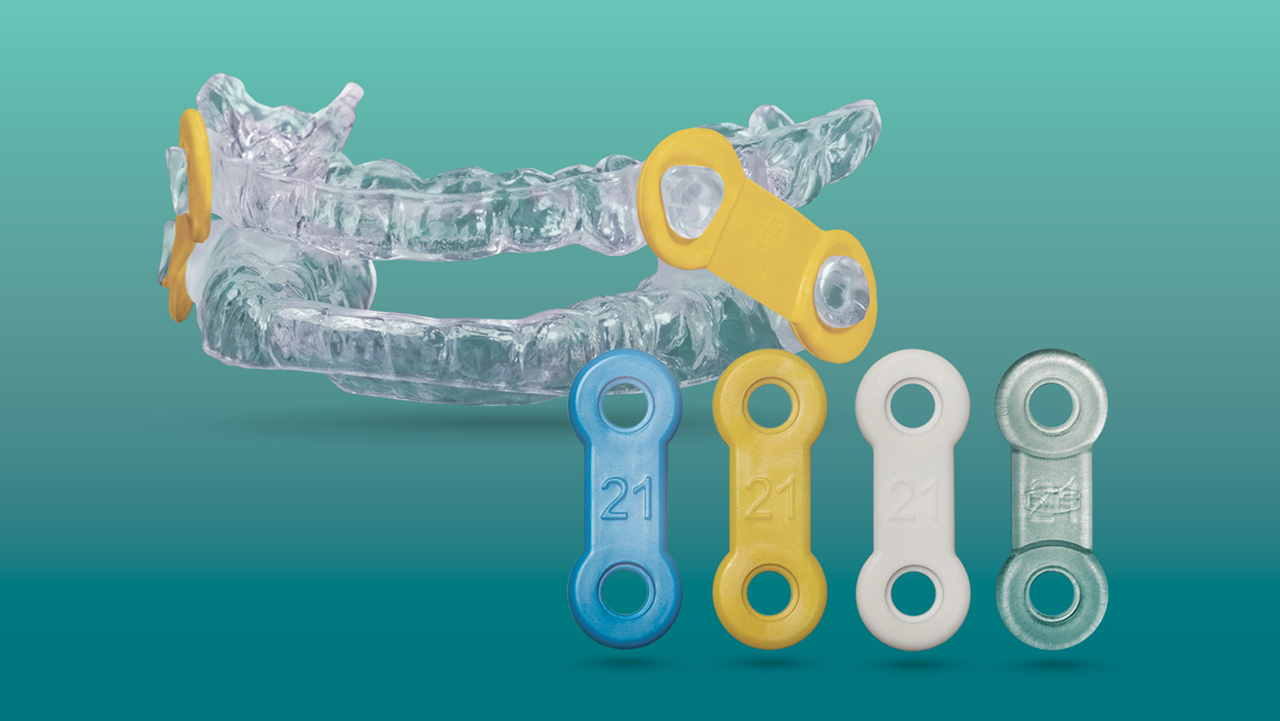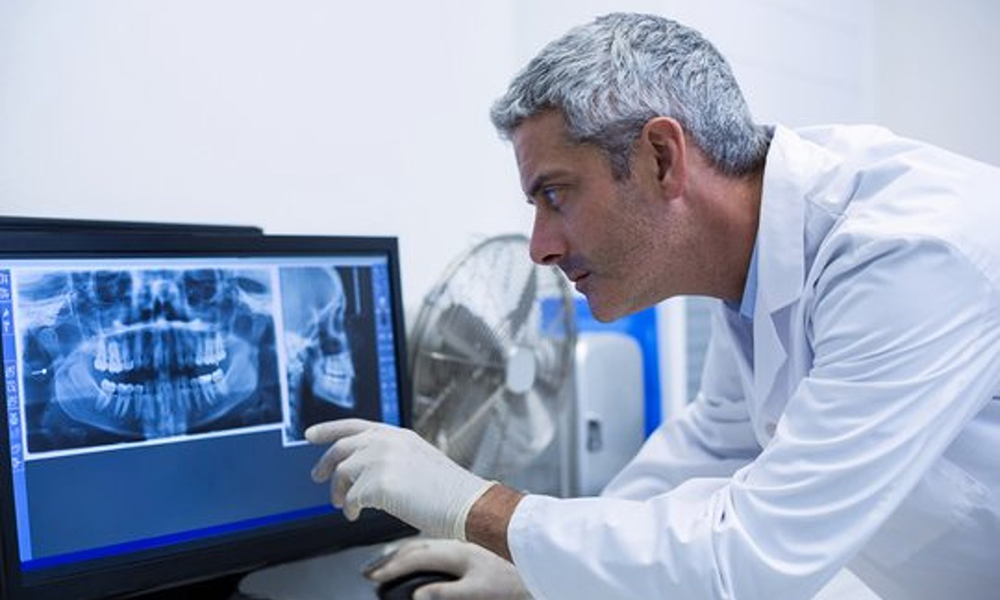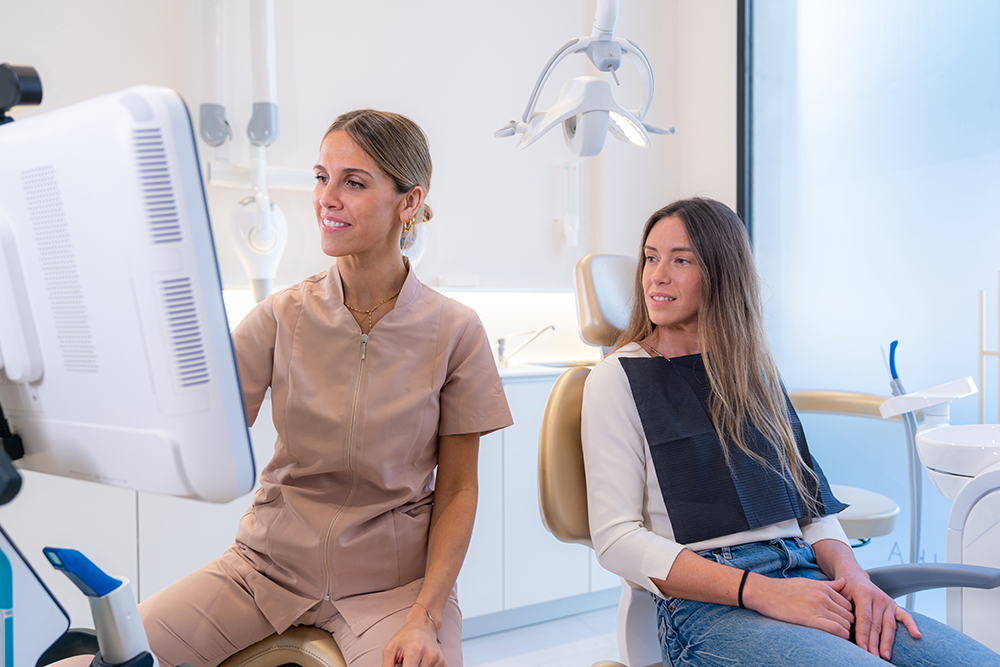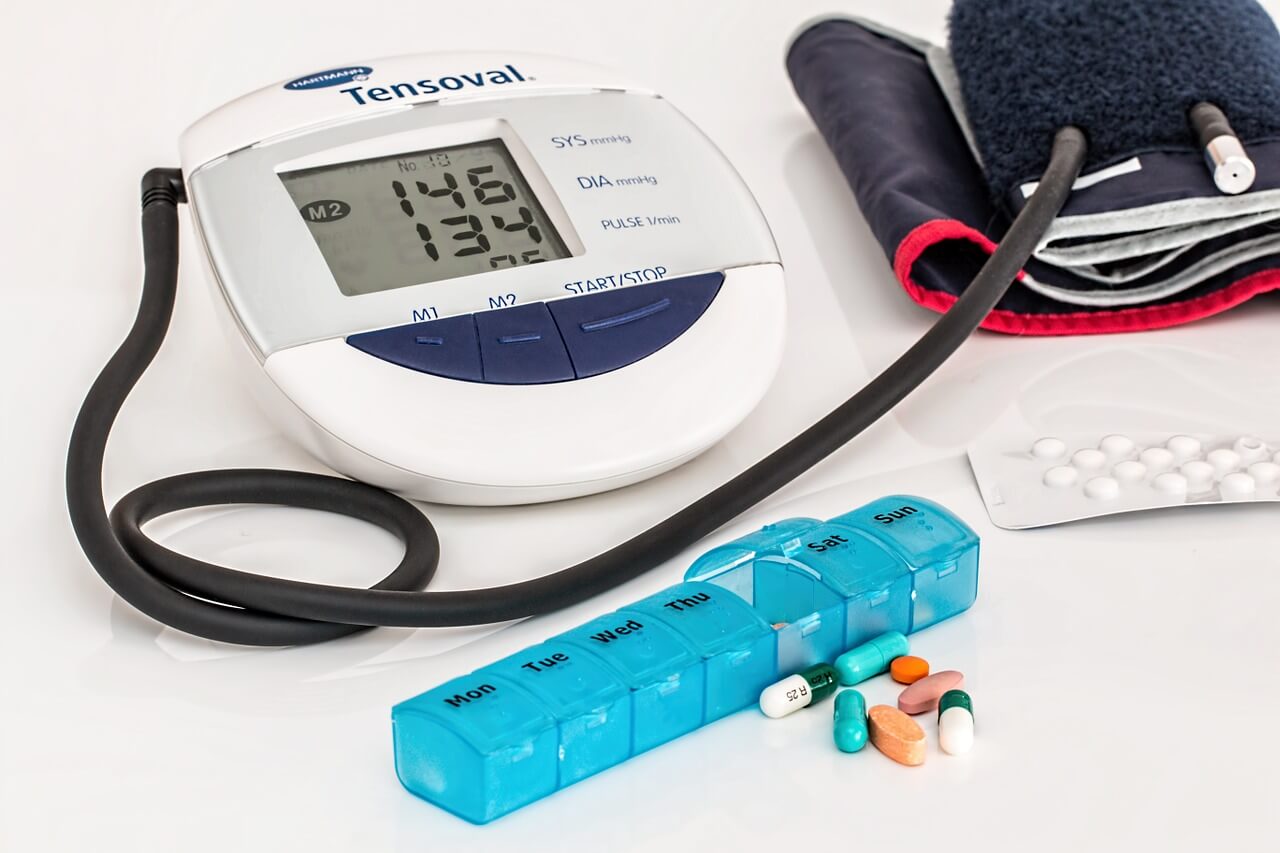Dental Sleep Medicine in Restorative Practice Part 7: Team Investment
Dental Sleep Medicine in Restorative Practice Part 7: Team Investment
By Todd Sander DMD
If a dentist wants to provide dental sleep medicine within a restorative practice, everyone needs to be on the same page when making room on the schedule for sleep patients. It would be best to have a couple of champions on your team to support you in your efforts.
The first champion you need is a sleep patient coordinator who has excellent phone skills and a high interest in what you want to achieve. This team member needs a working knowledge of sleep medicine and to be able to talk with patients about dental sleep medicine over the phone. Ideally, this team member has excellent phone skills and cares about sleep-related breathing disorders and pulmonary issues.
If another receptionist receives a sleep dental medicine inquiry, our protocol is to take a message and have our sleep patient coordinator call the prospective new patient right back. This has worked well in our practice with a high rate of conversion.
The second champion you need is a motivated clinical assistant. Hygienists and expanded-function dental assistants make phenomenal sleep assistants because they are driven to learn and do new things. In Parts 3 and 4 of this series, I described tasks my clinical assistant typically performs, so I can best use my time with the patient. For many years, one of our hygienists who had a passion for dental sleep medicine worked with me in developing the sleep side of the practice and was my clinical assistant with sleep patients. In our practice, her role was half traditional hygiene and half sleep dental medicine.
For years, I have taken our entire staff to sleep courses, even team members who are not helping a lot with dental sleep medicine. I want my team to understand why I am developing the dental sleep medicine practice inside my restorative practice, how they can support it best, and receive formal training to pitch in when needed.
Don’t forget to invest in yourself because you are the key team member. Today, there are several good sleep dental medicine courses, including at The Pankey Institute. The Pankey Institute courses and its dental sleep medicine study club are excellent.
Related Course
TMD & Orofacial Pain: Managing Complex Patients
DATE: January 29 2025 @ 8:00 am - February 2 2025 @ 1:00 pmLocation: The Pankey Institute
CE HOURS: 37
Dentist Tuition: $ 7200
Single Occupancy with Ensuite Private Bath (per night): $ 345
THIS COURSE IS SOLD OUT TMD patients present with a wide range of concerns and symptoms from tension headaches and muscle challenges to significant joint inflammation and breakdown. Accurate thorough…
Learn More>
